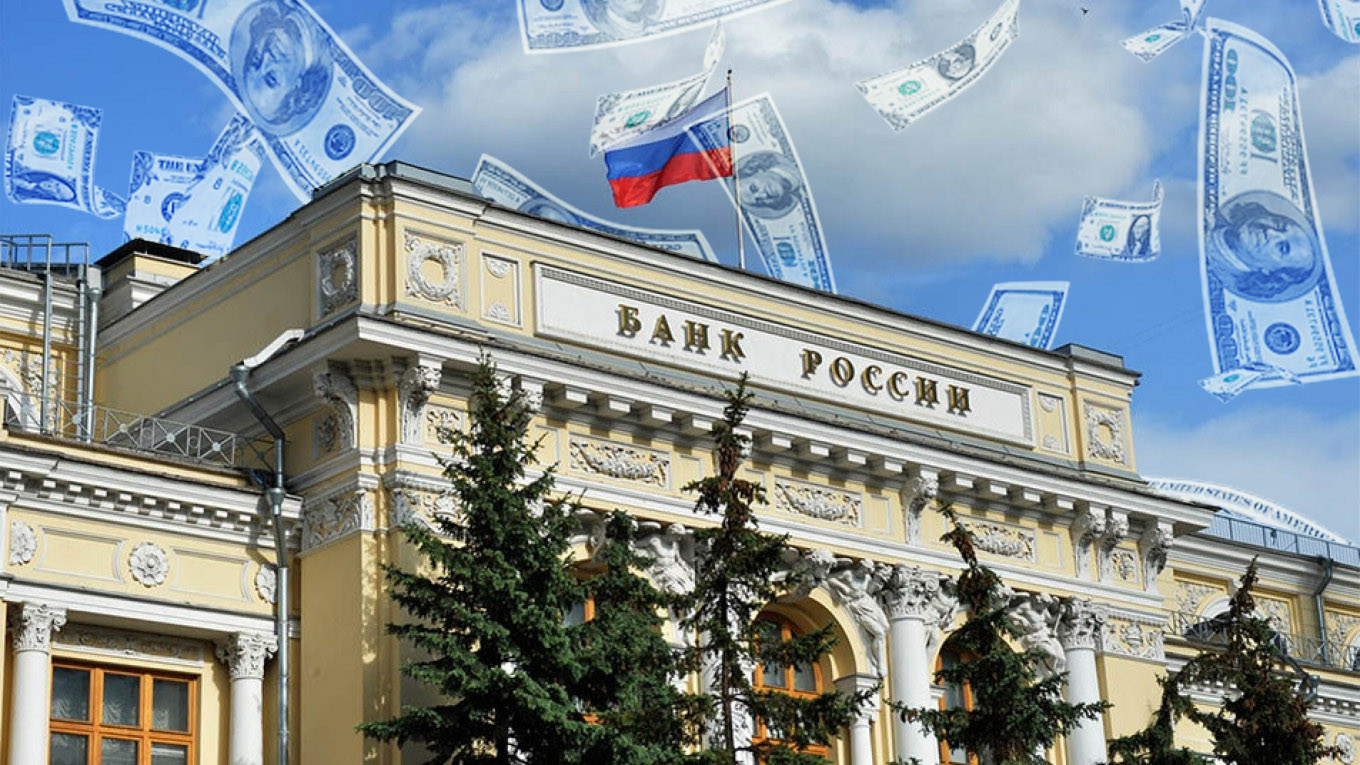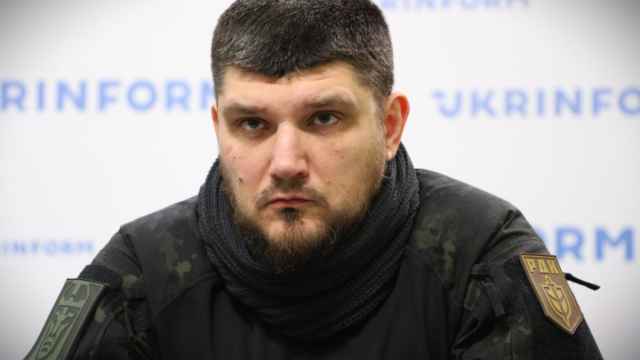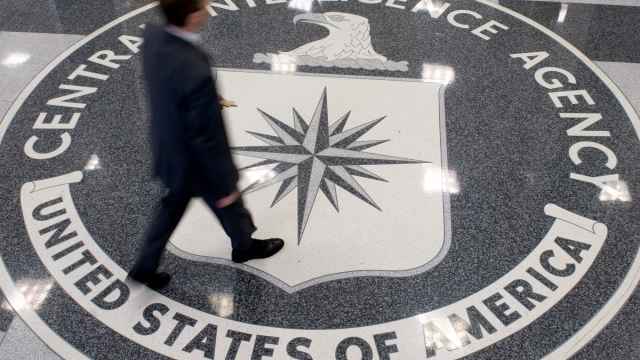There’s a daunting problem with data on foreign direct investment, vital statistics for evaluating countries’ bilateral relationships and global reach: The use of intermediary countries with business-friendly tax and legal regimes makes it hard to understand where much of the investment comes from. An economist at the United Nations Conference on Trade and Development has, however, come up with a way to get past this obstacle which completely changes how the data look for some big economies, such as Russia and China.
According to Unctad, between 30% and 50% of FDI goes through “conduit” countries, making it hard to determine the source. But only a dozen governments report foreign investment by ultimate investing country, and major developing economies aren’t among them. Because of this, it’s hard to judge how much U.S. and European sanctions have depressed Western investment in Russia, or how much U.S. investors’ money is at risk in China because of President Donald Trump’s trade war on that country.
In recent years, economists have worked on ways to correct the data so they could discern the ultimate investors. In 2017, two International Monetary Fund economists proposed weighting officially reported FDI numbers based on data reported by the few countries that take the care to reveal the ultimate investor. The resulting estimates are rather rough, though, because these countries are developed Western economies, and conduit use in them differs from that in emerging markets.
Earlier this year, Unctad economist Bruno Casella proposed a more complex method of getting past the intermediaries. It’s based on assessing the probabilities of a certain country serving as a conduit jurisdiction for another and then feeding these probabilities into a model using a mathematical system known as Markov chains. Casella tried his method out on countries with the most transparent FDI statistics, such as Germany, France, Switzerland and the U.S. Based on data for the immediate origin of investment, his model yielded results that were quite close to the actual reported data on the ultimate investor countries.
In the annex to this year’s World Investment Report, Unctad used Casella's method to estimate foreign direct investment stocks by ultimate investor. The results are radically different from data reported by most countries. I found the comparison between the Unctad estimate and the Russian Central Bank’s official data for 2017 (the latest year for which such a comparison can be made) especially striking.
Of course, no one, including at the Russian Central Bank, has ever believed that Cyprus, the Netherlands and Bermuda were the biggest foreign investors in Russia. The investment amounts reported for them often have been assumed to come from Russian businesspeople concerned about their home country’s lack of property protections. And indeed, Unctad found that 6.5% of Russia’s FDI stock — about $28.7 billion worth based on 2017 data — was of Russian origin.
But the Unctad estimate also showed a significantly increased amount of European and U.S. investment. The U.S., according to the Casella model, is the biggest investor in the Russian economy, with about $39.2 billion worth of skin in the game. That may explain why U.S. sanctions have never escalated to the point where the Kremlin would have been tempted to expropriate U.S. investors. The same goes for the EU.
For Russia, meanwhile, repatriating the capital that’s recorded as foreign but isn’t remains an important policy goal. In the 2019 World Investment Report, Unctad attributes the 2018 drop in Russia’s investment inflows to the government’s effort to get Russian business owners to redomicile their holdings to the home country.
According to Unctad, the U.S. also is the biggest foreign investor in China, with 9.7% of its total inward FDI stock, though China itself consistently reports bigger investment inflows from its Asian neighbors, and the official U.S. share of FDI is just 3%.
Chinese investment, meanwhile, accounts for just 1.3% of the U.S.’s inward FDI, according to Unctad. As with Russia, the U.S. must be careful not to hit out too hard against Chinese interests. For example, destroying Huawei Technologies Co.’s smartphone business likely would lead to retaliation against U.S. firms operating in China, and the damage could be disproportionately high.
Of course, intricate and relatively accurate as it is, Casella’s method only produces estimates, not actual data. It’s still only a crutch.
The insights these estimates provide into nations’ actual economic relationships show how useful it would be if more countries reported ultimate rather than immediate investors. Such reporting would also make it easy to figure out which conduit jurisdictions are used most frequently by investors from specific countries. That could come in handy in regulating bilateral tax and legal regimes, not just to reduce tax avoidance but to figure out which features of the regulatory climate are especially important to investors. This is something for G-20 leaders to think about as they discuss a major goal: making globalization more transparent.
This article was first published in Bloomberg.
A Message from The Moscow Times:
Dear readers,
We are facing unprecedented challenges. Russia's Prosecutor General's Office has designated The Moscow Times as an "undesirable" organization, criminalizing our work and putting our staff at risk of prosecution. This follows our earlier unjust labeling as a "foreign agent."
These actions are direct attempts to silence independent journalism in Russia. The authorities claim our work "discredits the decisions of the Russian leadership." We see things differently: we strive to provide accurate, unbiased reporting on Russia.
We, the journalists of The Moscow Times, refuse to be silenced. But to continue our work, we need your help.
Your support, no matter how small, makes a world of difference. If you can, please support us monthly starting from just $2. It's quick to set up, and every contribution makes a significant impact.
By supporting The Moscow Times, you're defending open, independent journalism in the face of repression. Thank you for standing with us.
Remind me later.







